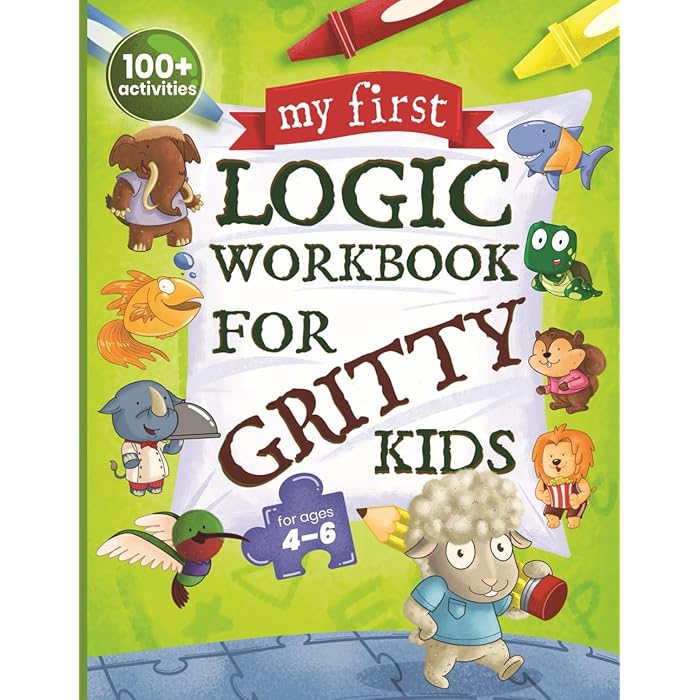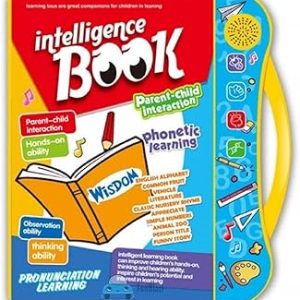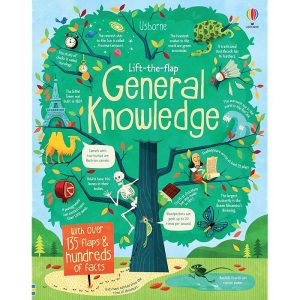Description
It sounds like you’re looking for a workbook that caters to kids who are gritty—meaning they’re resilient, determined, and eager to overcome challenges. A logic workbook designed for “gritty kids” would focus on building problem-solving skills, perseverance, and critical thinking through fun, engaging activities. Here’s an idea of what such a workbook might look like, along with some activity examples you could include:
### **Title**: *My First Logic Workbook for Gritty Kids*
### **Introduction**:
– **Welcome Message**: A brief, motivational introduction explaining how this workbook will help kids become better problem solvers, think critically, and not give up easily. Mention that the puzzles and activities are designed to make them think hard, but with a “gritty” mindset, they will always find a way to succeed.
– **About Gritty Kids**: A short section explaining that “grit” means not giving up, even when things get tough, and that these activities will help them grow their determination and problem-solving abilities.
### **Workbook Sections**:
#### 1. **Patterns and Sequences**:
– **Activity**: Fill in the missing numbers or shapes in a sequence.
– Example: “What comes next? 2, 4, 6, 8, __?”
– **Challenge**: Find patterns in nature (e.g., leaf shapes, animal tracks) and create a sequence based on them.
#### 2. **Logical Thinking and Deduction**:
– **Activity**: “Which doesn’t belong?” Show a group of items or shapes, and kids have to figure out which one is different and why.
– Example: “Which of these does not belong: apple, banana, dog, or cherry?”
– **Puzzle**: Use logic riddles, such as “If two pencils cost 10 cents, how much would 5 pencils cost?”
#### 3. **Problem-Solving Skills**:
– **Activity**: Help a character in a scenario by using logic to solve a problem.
– Example: A picture shows a group of animals trying to cross a river, and the kids must figure out how they can do it by following specific rules.
– **Challenge**: “A frog is at the bottom of a 10-meter well. Each day it climbs 3 meters, but each night it slips back 2 meters. How many days will it take for the frog to get out?”
#### 4. **Critical Thinking and Creativity**:
– **Activity**: “Can you think of a new way?” Provide simple scenarios, like rearranging objects or finding new uses for everyday items.
– Example: “What are 3 other things you can do with a paperclip besides clipping papers?”
– **Puzzle**: Create a “What if?” scenario: “What if you had to build a bridge using only straws? How could you make it strong enough?”
#### 5. **Memory and Attention to Detail**:
– **Activity**: Memory games where kids have to recall patterns, numbers, or stories.
– Example: “Look at this sequence of colors: Red, Blue, Green, Yellow. Now, close your eyes. Can you say the sequence backward?”
– **Challenge**: Show a series of images for a few seconds, and then ask the child questions about what they saw.
#### 6. **Maze and Pathfinding**:
– **Activity**: Maze puzzles where kids must guide a character through a series of choices.
– **Challenge**: Include more complex mazes that require logical steps to reach the goal.
### **Incorporating Grit**:
– **Encourage Resilience**: After each activity, include a note that reminds kids that solving puzzles might not always be easy, but persistence will help them reach the solution. Encourage them to take breaks and keep going.
– **Growth Mindset Tips**: Provide short tips on growth mindset, like “Mistakes help you learn” or “Every time you try, you’re getting better!”
– **Self-Reflection**: After completing a set of puzzles, include a short section where kids can reflect on how they felt during the activity. Did they find it hard? How did they keep going?
### **End of Workbook**:
– **Certificate of Completion**: A printable certificate that says, “Congratulations on completing *My First Logic Workbook for Gritty Kids*!” It’s a fun way to acknowledge their hard work and determination.































Reviews
There are no reviews yet.